We wade through manufacturing myths and find out why ‘Made in Britain’ is more than just a marketing gimmick for a new generation of designers using UK textiles
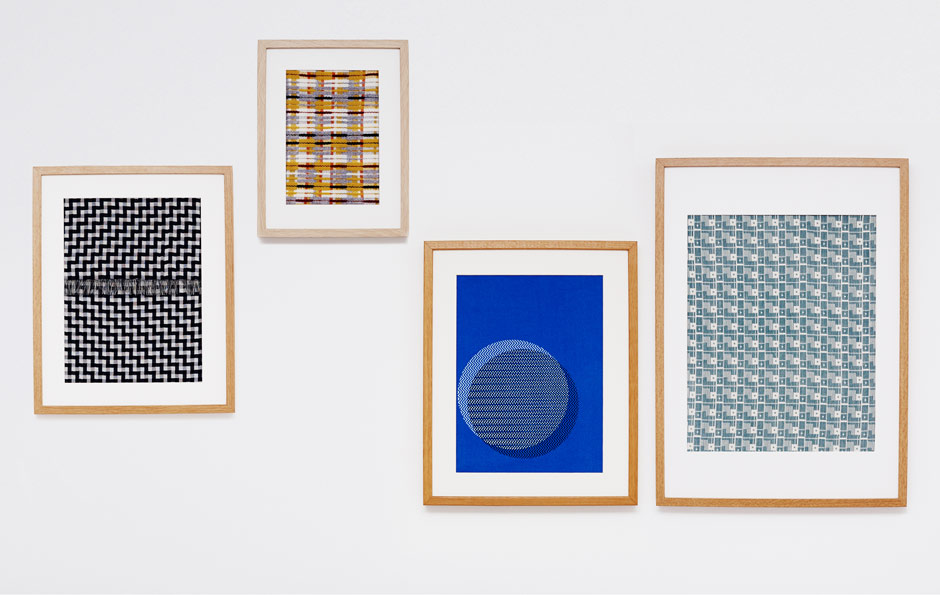
During Industrial Revolution and into the first half of the 20th century, Britain led the global textile industry through a combination of technological innovation – inventing revolutionary machines, the Spinning Jenny and Crompton’s Spinning Mule – and an inexhaustible resource of raw materials, drawn from the furthest reaches of the Empire and transported to the Midlands for production and export. Previously the UK’s biggest employer, and the world’s largest exporter, the industry was hit hard by the meteoric rise of cheaper Eastern manufacturers in China, India, Bangladesh and Indonesia. By 1999, one textile factory was closing every day*. And in 2014, whilst modern UK manufacturing in general remains strong – we are the 11th largest manufacturing nation in the world – the landscape of the textile industry has changed irrevocably.
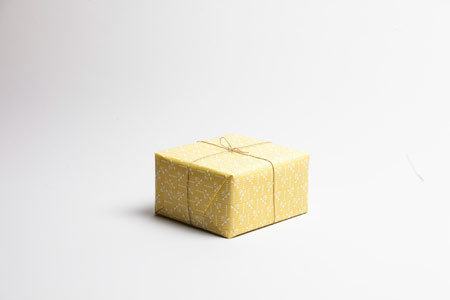
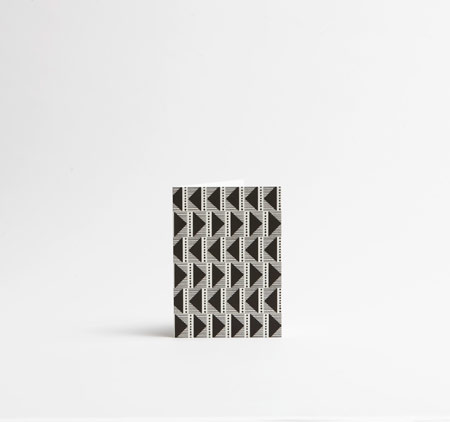
Today the UK’s fastest growing domestic industry is the creative sector – worth an estimated £71.4 billion per year – and it is some of these creatives who are turning their attention back to Britain’s textile industry. British Fashion Council figures revealed earlier this year that the UK fashion industry is valued at £26 billion – up from £21 billion in 2009, at the depth of the recent recession. Employment figures dropped by 2.3 percent during this same period to 797,000, but it seems that whilst fashion houses themselves remain conservative in the face of recovery, the textile industry itself is attracting attention from other creative practitioners.
Richard and Esme Winter are one such example. Having met at Bristol School of Art in 2008, the pair began designing paper goods utilising their expertise in illustration and graphic design, alongside their respective family backgrounds in antiquarian books and architecture. Selected by Liberty as part of their ‘Best of British’ in 2011, the pair have moved their paper-based design ethos – aesthetic beauty balanced with form and practicality – into a new range of textile-based accessories interworked with colour, pattern, grain and weave.
“A great fabric design evokes a feeling in you, it enhances a space”
“We like the idea that fabric that can be applied across many different areas, as upholstery, curtains, a tablecloth,” says Richard. “We like that it’s something you live with in the home or on your person and it can make you have a positive response to it, a positive association”. Does nostalgia play its part? “There’s certainly a comfort factor” Esme considers, “a great fabric design evokes a feeling in you, it enhances a space”. But a great fabric it seems must also work hard: “You have to be able to grow old with it”.
These elements are embodied in their approach to production, perhaps something we as a consumer have become increasingly removed from: “In our most recent papers, we decided not to crop the edges where you can see the grips where the printing press has held the paper. They’re a natural part of the process, and it’s not necessary to hide them”. This ‘humanising’ element – “We’re showing the hand, the process behind it, that it’s something that’s been made” – means there’s a individuality that translates across surfaces.
Below: Ties and bow ties by Marwood
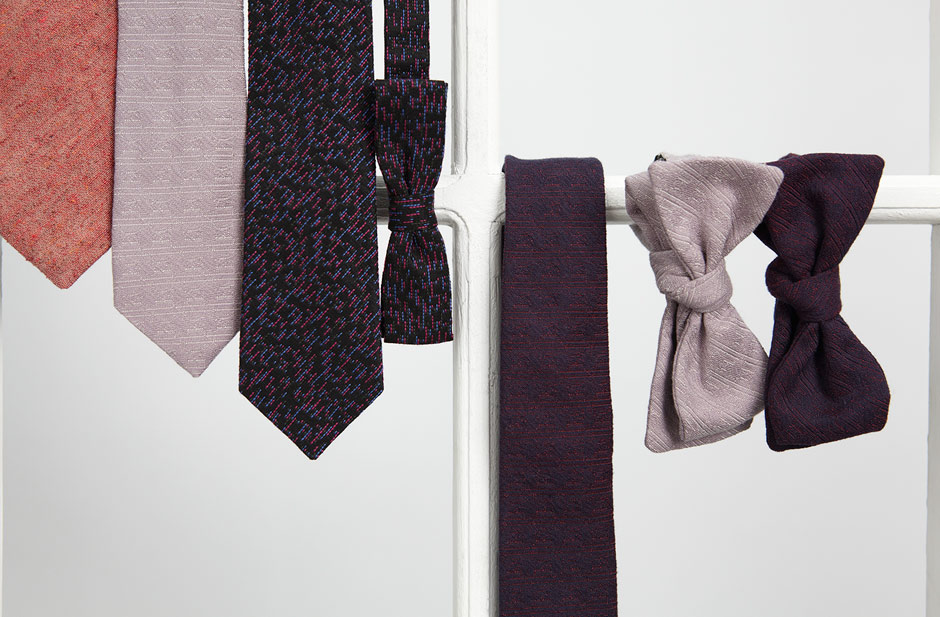
Fashion – beyond textile production – is of course one of the UK’s dominant exports, in spite of a stagnating textile manufacturing market. Designer, Becky French is the creative force behind Marwood men’s accessories brand. Launching their first collection back in 2011, Marwood accessories exploit Britain’s rich textile heritage, utilising techniques across lace making, weaving and embroidery that showcase the work of the UK’s most historic and celebrated factories and fabric mills.
Bottom: CUSTHOM Palladian wallpaper
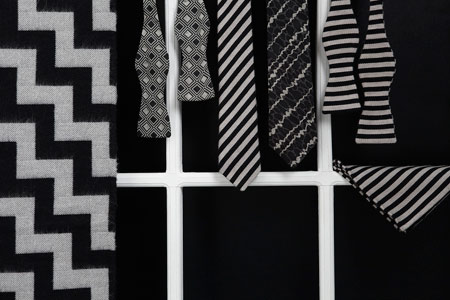
“I work by hand and this produces the results I like – graphic patterns that can then be broken by textured weaves”
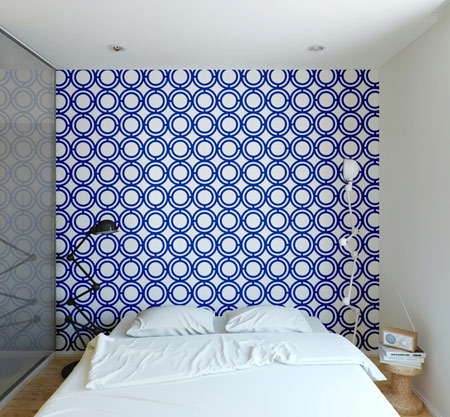
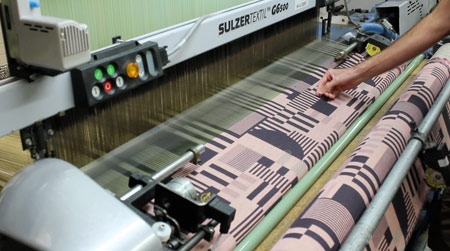
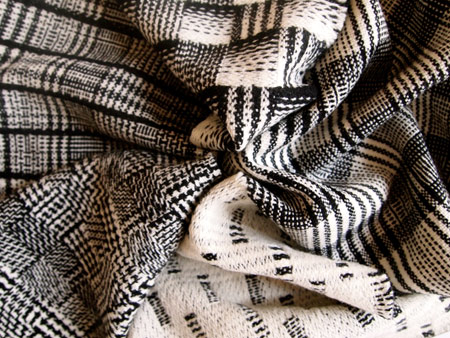
Like her manufacturers, Becky is a traditionalist: “I work by hand and this produces the results I like – graphic patterns that can then be broken by textured weaves.”
Influenced by artists such as Miroslav Tichy, Irvin Penn, Sigmar Polke, and the sartorial leanings of Frank Sinatra and Jean Cocteau, Becky chooses to manufacture her fabrics in the UK because of unrivalled quality and expert knowledge of the craftspeople here: “I work closely with a Suffolk silk weaver and the process of developing a new cloth with them is a unique experience. I love that you don’t know the outcome and the process can get quite technical depending on the threads you choose to use and experiment with. A jacquard structure means there are so many threads involved – the effects you can achieve are endless. I work with archive swatches and mix and match ideas to create new thread compositions”.
Textiles are of course only one form of surface design, and CUSTHOM’s Jemma Ooi and Nathan Philpott are multi-disciplinarians who’ve mastered the art of translatable pattern design. Established in 2007, the RCA graduates have steadily built a portfolio of interior goods, including ceramics and wallpapers. But as Jemma explains, they started with a basis in textile design before applying their ideas to other mediums: “We both trained as textile designers and use our print and embroidery backgrounds as a constant source of inspiration and a touchstone for our work.” This includes embroidered wallpapers: “We are both obsessed with paper, which is where all our designing starts. Wallpaper is where our designs often lead us. From metallic hand foiling finishes, to over-scaled non repeating graphics or rich, detailed embroideries on paper, the processes we use to create our wallpaper designs inform how we approach every other material.”
Jemma adds, “We are both lecturers at the Royal College of Art and London College of Fashion and we’re seeing so many exciting aspects of textile design developing within education, industry and thinking at the moment. The resurgence of craft and the value of something well made is very present.” Like Esme Winter, Jemma points to a renewed interest in process from consumers and designers themselves: “How designers document the making process is a huge insight and gives incredible relevance to how and why we value design. Alongside this, the interchange of digital and hand skills are allowing designers to be really creative as this combination of skills allows new avenues to be explored.”
Named in the UK’s 24 Top Textile Graduates by textile industry body TEXPRINT, textiles designer Ffion Griffith is part of a new generation of designers who are invested in this renewed interest in process and production. “During university I ended up specialising in woven textiles and spent three years training as a weaver” she explains. “Previous to this I had never even seen a loom before. I found extreme satisfaction in the process of building new cloth from scratch.”
Despite being from a generation of digital natives, Ffion draws her fabric designs by hand and relishing the maker’s mark (and its inevitable imperfection). And being Welsh, the young designer is “particularly interested in creating modern interpretations of traditional techniques, jeopardised by the demise of the Welsh woollen industry.” Born during the decline of textile towns like Cardigan in the late 80s/early 90s, Ffion says, “I suppose some may say it is important to look forward rather than backwards but I believe that in order to achieve the best innovations one must draw from the things we already know” she says.
Britain’s textile industry will likely never reach the heights or volumes it experienced in the past, but the future of textile design in the UK – across the fashion and design industries – is looking promising. And whilst ‘Made in Britain’ has been taken up by some as a signifier of tweeness and gimmickry, for some, it’s about investing in ourselves, and returning to a sense of innovation and creative flair which we’ve begun exporting elsewhere.
Esme Winter, CUSTHOM, Marwood and Ffion Griffith have upholstered Gio Ponti’s iconic D.270.2 chairs in specially commissioned textiles for the exhibition Gio Ponti: A Cover, curated by Portat Molteni&C’s flagship store on Shaftsbury Avenue Gio Ponti: A Cover Story during London Design Week. Click for more information




